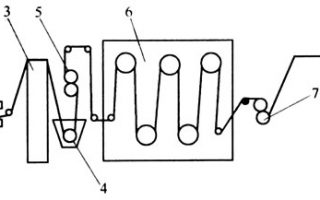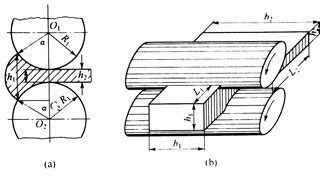Rubber suction cups and metal bond damage are divided into four types.
- R: The surface of the rubber suction cup is broken.
- RC: Destruction between HNBR rubber material and adhesive.
- CP: cohesive failure of the adhesive (or damage between the topcoat adhesive and the primer adhesive).
- M: Destruction between the adhesive and the metal.
If multiple types of damage occur simultaneously at the bonding site, the number after the type of the broken type is used to indicate the percentage of the area occupied by the damage. For example, R25, RC25, and M50 indicate that 25% of the rubber is damaged in the bonding surface, 25% is broken between the rubber and the adhesive, and 50% is between the adhesive and the metal.
People always want 100% R damage and avoid the other three kinds of damage. R is broken and further divided into four small types.
1)SR: The surface of the rubber suction cup appears to be spotted, indicating that the metal surface is broken after the destruction.
2) TR: Thin layer HNBR rubber material is broken, which means that the metal surface is attached with a thin and uniform rubber layer after the damage.
3)HR: Destruction of thick layer HNBR rubber material means that the surface of the metal is damaged by a thick layer of rubber.
4)SB: The rubber suction cup and metal joint are torn off (mainly for peel test).
Bonding is considered satisfactory only if the damage result is 100% HR or 100% SB; or substantially HR and SE, and the damage data is much higher than the design value of the suction cup.


